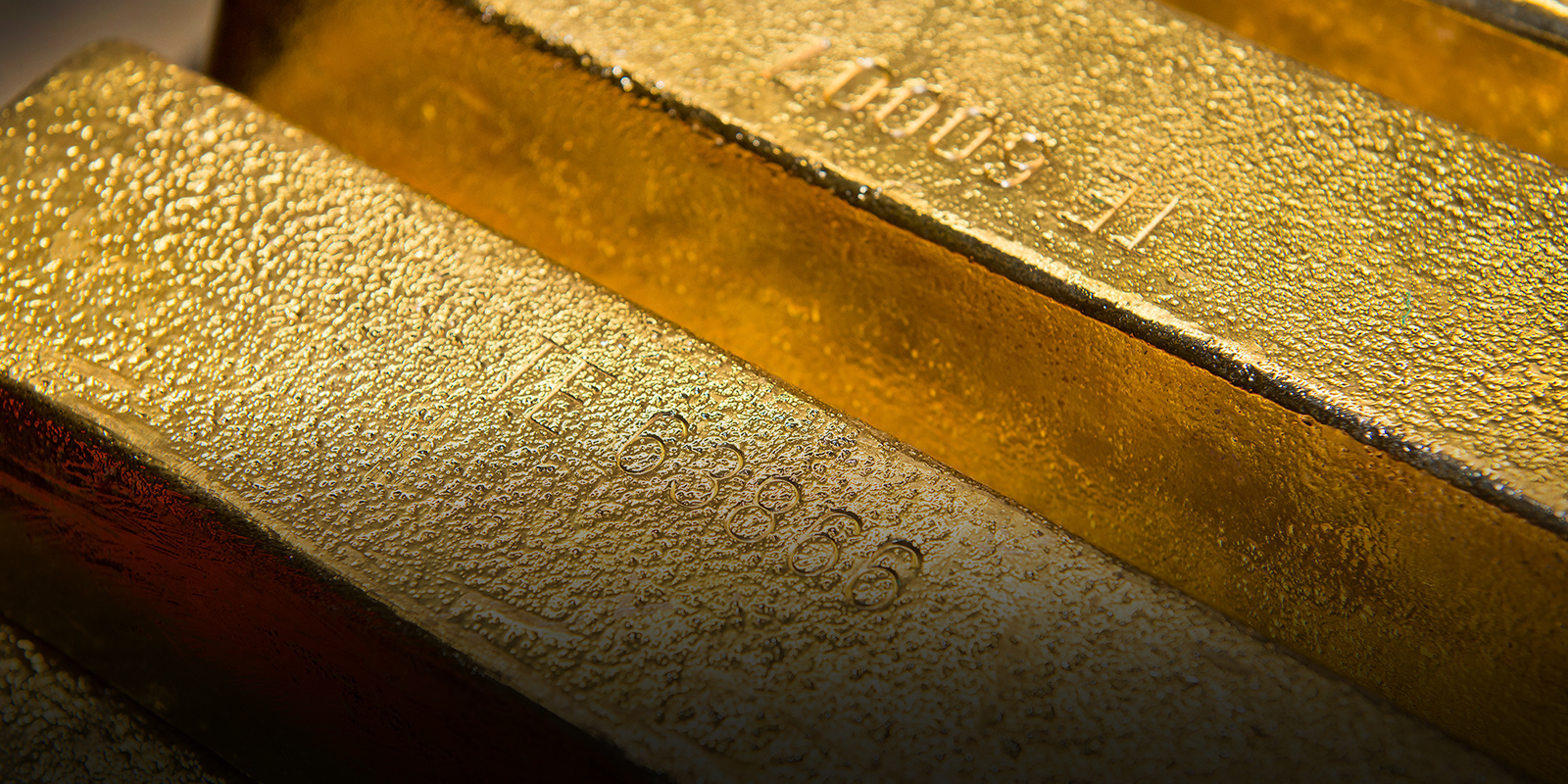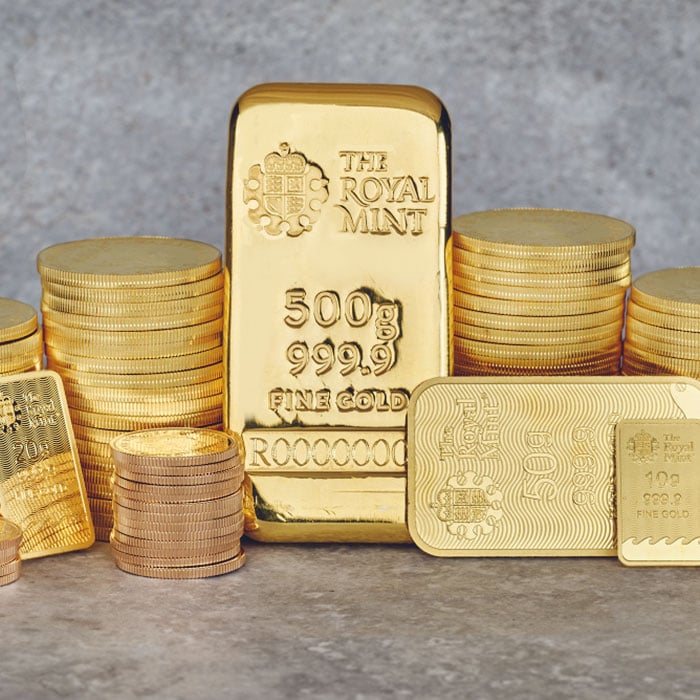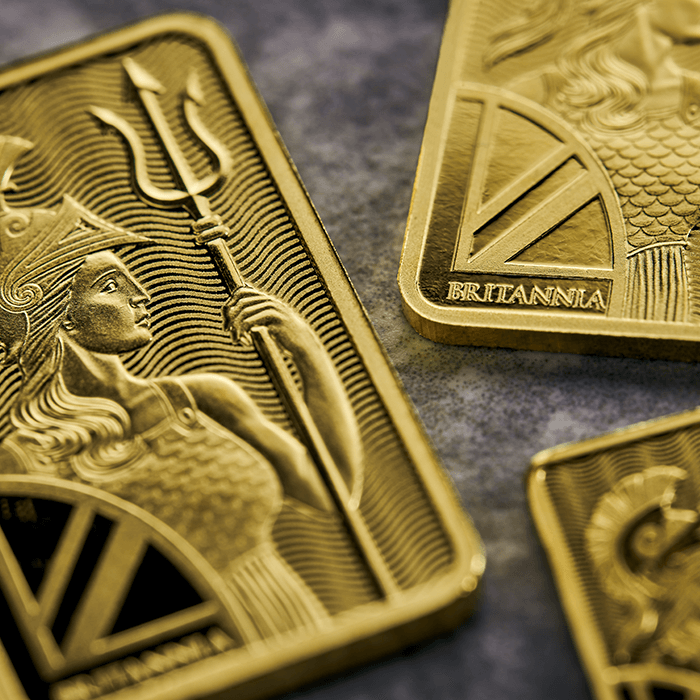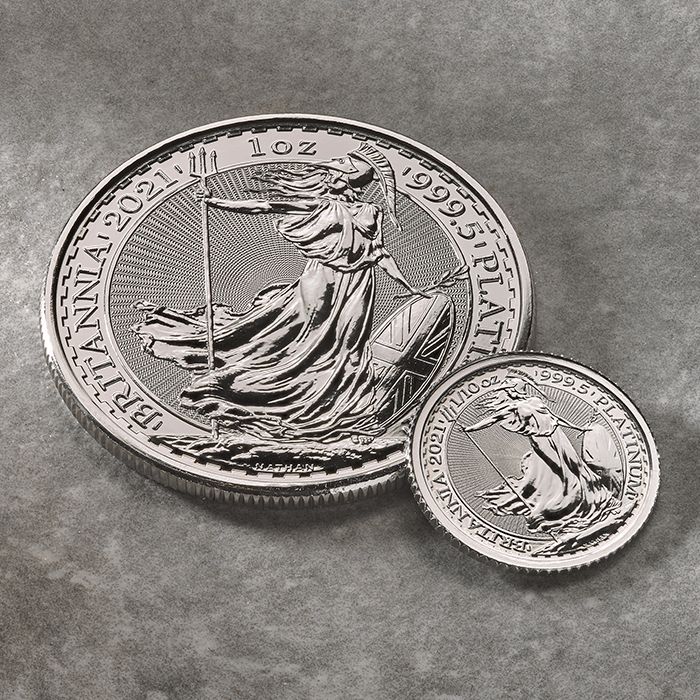Precious Metal Prices
Although the gold price was comfortably sitting above the $1,800 mark throughout much of June, and even broke the $1,850 barrier on a number of occasions, July opened with a price of just $1,795.65. Although some support above $1,800 was seen in the first few days, as we neared the end of the first week, $1,700 seemed the next likely milestone as the price slowly continued to fall.
Similarly, July began with the news that silver had now dropped below $20 per ounce for the first time in two years, hitting the lowest price since July 2020 as a result. Silver remains under increasing pressure, partly as a result of the wider economic and geopolitical turmoil currently faced by markets and economies across the world. With a wide range of industrial and manufacturing uses, the silver price is influenced heavily by industrial demand and as a result, any decrease will negatively impact the price.
Interest Rates and Inflation
Although news broke towards the middle of June that the Fed had raised interest rates by three-quarters of a percentage point, the sharpest hike since 1994, the gold price was only marginally affected by the decision as spot gold traded down ahead of the announcement, and following the news rose $28 per ounce. Following the US increase, Federal Reserve chair, Jerome Powell, hinted that there could be another increase as soon as July as the US sought to combat the fiercest surge in inflation in four decades.
With a similar economic outlook in many economies throughout the world, multiple banks are following suit. The European Central Bank expressed plans to raise interest rates in July and September, after announcing that it would halt its quantitative easing bond-buying programme next month.
Similarly, the Reserve Bank of Australia increased rates by 50 basis points to 1.35% in July. This marked 125 basis points of hikes since May and the fastest series of moves since 1994. Other Asia-Pacific economies like the Philippines, Singapore and Malaysia have all jumped on the same rate hike movement and either expressed an intention to increase rates or have already announced a similar intention.
An increase in interest rates would appear to be one of the few methods available to attempt to alleviate demand and reduce inflation. However, some analysts are suggesting this is not the correct course of action. MBMG Group managing partner Paul Gambles recently commented in an interview with CNBC that “Raising interest rates to tame demand and therefore inflation is not the right solution as high prices have been driven mainly by supply chain shocks”. He went on to suggest that “Supply is very difficult to manage, we are finding across a whole bunch of industries, a whole bunch of businesses, they’re having very different challenges just turning the taps back on”.
Although many would argue about the correct course of action, the overall target for everyone involved appears to be to avoid an economic recession. However, market signals do little to instil confidence, as following the US-hike, both the Dow Jones and the S&P fell 6.64% and 7.77% respectively. Wells Fargo announced that they believe there is a greater than 50% chance of a US recession in the weeks or months ahead.
In hindsight, whatever the correct course of action may be, it appears many banks, including the Bank of England, are predicting further rate rises in the coming months.

Ukraine, Russia and Sanctions
Gold was the latest target of the next round of ongoing economic sanctions imposed on Russia by western countries as the UK, Canada, Japan and the USA led G7 nations with bans on the import of Russian-produced gold. Alongside energy, gold is the largest export by the region, and these ‘tough new measures’ were designed to target the over £12bn of Russian gold exports annually.
Prior to this ban, which commenced on the 26th June, the UK was said to be the largest importer of Russian gold, with over $15 billion imported - it would typically be re-exported to other markets.
Following the announcement, Rishi Sunak, former Chancellor of the Exchequer, suggested that “Given London’s role at the heart of the global gold trade, this shows the UK will take tough steps to stop the Russian war machine.”
Although this move was largely applauded, some suggested that at this point, it was purely symbolic. Moscow-based reporters for Reuters commented that since the invasion of Ukraine, Russian gold imports and exports into western-nations have largely already stopped. This was because prior sanctions against Russian banks, refiners and shippers, coupled with a prior suspension of LBMA accreditation of Russian refiners, meant that imports in March 2022 by the UK totalled just 26kg. This was a substantial decrease from the 29 tonnes of gold imported just a month before.
Carsten Menke, a market analyst from Julius Baer, the Swiss private banking group, commented that "[Russia's] gold exports have already been rerouted since the start of the war, flowing eastwards rather than westwards, reflecting self-sanctioning from Western world gold market participants". He went on to comment that "The implications of a ban on the gold market are likely very limited,"
Prior to this announcement, it was announced that in May, Switzerland had begun importing gold from Russia again, with an import of more than 3 tonnes received from Russia in May. This was said to be the first shipment between the countries since February. Although this gold was registered by Swiss customs as being for the purposes of refining, the Swiss Association of Manufacturers and Traders in Precious Metals maintains that none of its members are at the origin of these imports.
Central Banks
In the most recent figures available, the World Gold Council recently announced that in May, central banks reported adding a net 35t to global gold reserves. This was the second month consecutively that banks were in a net buying position as a whole, having previously switched between net purchases and sales each month.
These purchases were primarily focused around the same four banks that were buying in April, namely; Turkey (13t), Uzbekistan (9t), Kazakhstan (6t) and India (4t). Germany was the only notable seller during the month, which resulted in a reduction of 2t of gold reserves.
This data supported findings from a recently released survey by the WGC, conducted amongst central banks, which suggested that around 25% of banks intended to increase reserves in the next 12 months. It also supported the long-held belief that gold’s performance during a time of crisis and as a long-term store of value and inflation hedge are key determinants of a central banks decision to hold gold.

India
At the start of July, in an attempt to control gold imports as well as the ‘widening current account deficit’, the Indian government announced an increase in import custom duty for gold by 4.25%, with consumers now paying 18.45% tax for refined gold compared to 14.07% previously. According to a statement by the Finance Ministry of India, Indian gold imports were recorded at 107 tonnes in May, a rise of 790% year on year. A rise in imports leads to a rise in the current account deficit, and a depreciation of the currency as a result. As with other world economies, the Indian government is attempting a number of measures to combat the ongoing rise of inflation, and this rise is one of the factors involved.
Despite the short-term impact on demand predicted by the World Gold Council as a result of this change, a recent report by Heraeus suggested that India can overtake China as the largest gold consumer this year. Since 2012, China has been the largest consumer of gold internationally, with a consumption of 993 tonnes last year. Despite lockdown causing a decrease in demand for gold, as well as economic output in both India and China, it was suggested that India’s demand is on the increase again whilst the ongoing economic conditions, coupled with China’s zero-Covid policy will see India overtake China as the top global consumer this year.
Cryptocurrency
As the price of a Bitcoin struggles to hit or exceed the new $20,000 baseline, market commentators’ opinions are split as to whether this ‘cryptowinter’ is nearing the end, and values will return, or if the bull market has ended never to return. Market analysts at Goldman Sachs recently reported that they believe the crypto market has been moving in tandem with the US stock market and has therefore been affected by the macro-economic environment. As such, they predict there are prospects of a 30% rally for Bitcoin by the end of 2022. However, they provided few reasons to support this theory. Even if this were to materialise, this would still be far from the previous all-time high of around $69,000 seen in 2021. Similarly, it would do little to address the position that Bitcoin lost around 58% of value in the second quarter of 2022, posting the worst quarterly performance in more than a decade combined with its worst month on record.

The Royal Mint
Following continued attempts to improve exposure to responsibly sourced metals, The Royal Mint has announced that it has renamed its gold exchange-traded commodity (ETC). The Royal Mint Gold ETC has been renamed The Royal Mint Responsible Sourced Physical Gold ETC (RMAU) after the strategy became the world’s first ETC to be backed by recycled gold.
It was announced that the first tranche of 50,000 ounces of surplus gold has been refined into London Bullion Market Association (LBMA) good delivery bars, with much of this coming from ‘swarf’, the gold dust discarded while engraving commemorative coins.
According to The Royal Mint, RMAU is already 100% backed by LBMA good delivery gold bars and over time its reserves of recycled gold will increase based on future demand.





